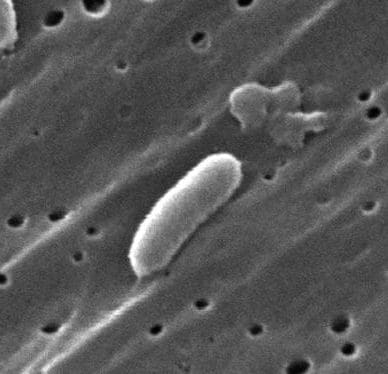
Get A Testing Quote
Vibrio cholerae
STRUCTURE AND PHYSIOLOGY
Vibrio cholerae is a Gram-negative, comma-shaped, highly motile, facultative anaerobic bacterium that has the ability to survive with or without oxygen. Humans are the only natural host for V. cholerae, but the bacterium can also live freely in fresh or salt water.
TRANSMISSION AND DISEASE
Cholera is a highly contagious disease caused by V. cholerae that can spread rapidly by ingestion of contaminated food or water during natural disasters or in areas of poor sanitation where there is no access to clean water. This waterborne bacterium is highly virulent and is transmitted through the digestive system, colonizing the small intestine. Vibrio cholerae produces a virulence factor called the Cholera toxin, an enterotoxin that enters the host intestinal epithelial cells and causes water secretion and diarrhea. Although the majority of cases are not reported, it is estimated that 3-5 million cases and 100,000-130,000 deaths occur annually worldwide.
DISINFECTION
In addition to the emergence of antimicrobial resistance in V. cholerae, the bacterium’s ability to form a biofilm and survive in adverse environments with little nutrient availability makes it a relevant organism regarding disinfection.
REFERENCE(S)
Baldauf, Keegan J et al. “Cholera toxin B: one subunit with many pharmaceutical applications.” Toxins 7,3 974-96. 20 Mar. 2015, doi:10.3390/toxins703097
Das, Bhabatosh, et al. “Antibiotic Resistance in Vibrio Cholerae: Understanding the Ecology of Resistance Genes and Mechanisms.” Vaccine, vol. 38, 2020, https://linkinghub.elsevier.com/retrieve/pii/S0264410X19307935.
Share

